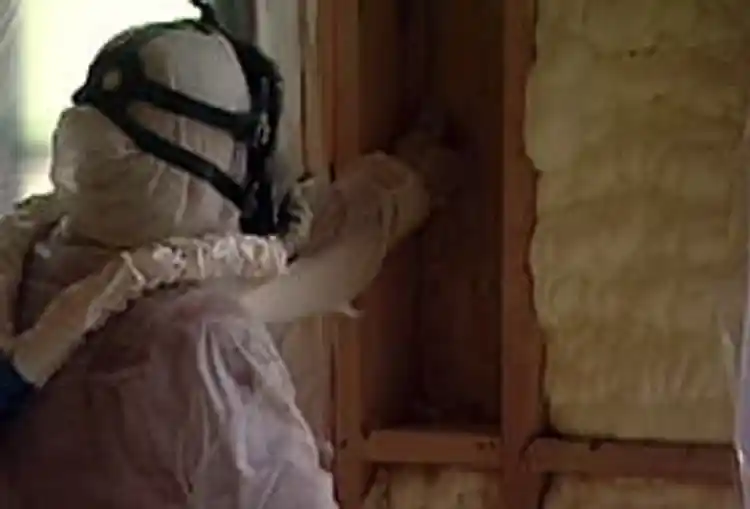Building a Green Home

Hide Video Transcript
Video Transcript
Narrator
There is a revolution going on in the building industry—a green revolution. But being green can mean different things to different people. For many it's about carbon footprint… for others, particularly those with respiratory concerns, it's a quality of life issue. Carl Seville
Green building is all about the process… Narrator
The process it takes to make a home more energy efficient and to keep its occupants safe from potential health threats… like radon gas—a leading cause of lung cancer in the U.S. Carl Seville
Most green building programs recommend or require that you put a radon mitigation system in, and frankly in the scope of the project it's a few hundred dollars to do it so it's not really terribly costly in a new house. But if you don't do it and then find you have excess radon then it's very expensive to do it afterwards. Narrator
But building green, doesn't necessarily mean all materials are green. Carl Seville
Green building is always a series of balances. We use a lot of spray-foam insulation—spray-foam does have petrolium products in it and it does have some off-gasing- however, there's less natural gas being burned, less coal being burned to create electricity that there is an offset. Narrator
This spray-foam insulation will effectively seal this home, But for these workers, installing the stuff must be done with care and precision… Carmen Torrey
The foam expands at a rate of 100 to 1 in seven seconds; we really don't want to breath any of that liquid in or any of those particals in and have it expand in a nose or a throat. Narrator
And if that doesn't stick in your crawl, the up-front costs, which are considerably more than standard fiberglass insulation, might. But once installed, it more effectively maintains a constant climate and has the added advantage of thwarting the formation of mold and mildew—a known health threat, especially for those allergic or who have existing breathing problems. Carmen Torrey
The typical home you've got that hot-wet air fighting to get in, and it can go through fiberglass or cellulose quite easily those are not air-barriers so when that hot-wet finally meets a point where it's hitting cool dry, you have a potential for condensation, that's usually on the back side of sheetrock where there's paper, source for mold and meldew. Renee Watson, RN, CIC
And mold can make people very sick—even those people that are not subject to getting illness, such as asthmatics, but even healthy people can become very sick off of mold Narrator
This suction vent provides a convenient exit route for dust…more good news for asthma sufferers: Stanley Fineman, MD
In general, people with asthma are triggered by inhalant or respiratory type triggers. Narrator
Not all innovations are hi-tech…To help keep indoor air free of dust this house also draws from existing technology: Carl Seville
The whole house vacuum brings it all to a single canister that's located in the basement that's air-sealed and it ventilates out to the exterior so any residule dust goes outside… so it sucks everything up in the vacuum hoses and it brings it to a central location as opposed to it getting blown around the house while you're vacuuming. Narrator
The green building movement continues to evolve as standards immerge and more is learned about what works best for our pocketbook, environment and for our health…For WebMD, I'm Damon Meharg